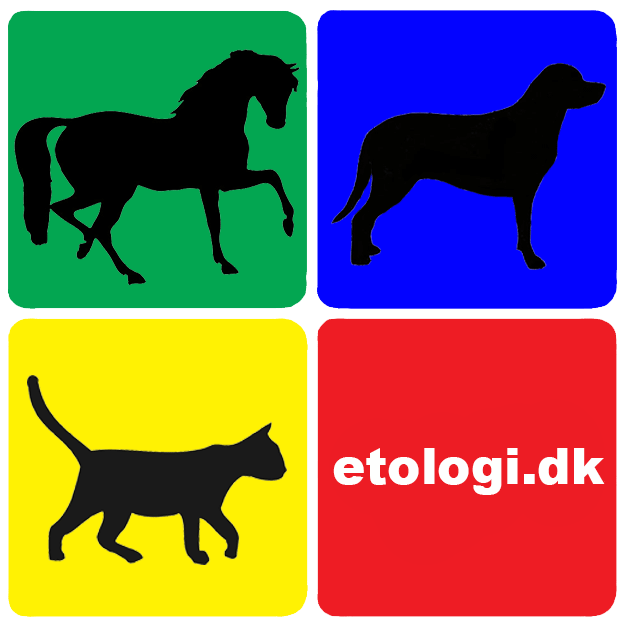
Date: November 28, 2020
Author: Roberto Barata
Last update: March 2024.
How to cite: Barata, R. (2020). Aggressive and Fearful Behavior in Dogs: Understanding the Misunderstandings. Human-Animal Science.
I believe there is a significant lack of knowledge about animal social behavior, especially in the dog training world. Aggressive and fearful behavior is probably the most misunderstood, seconded by dominant and submissive behavior. These misunderstandings are at the origins of stereotypes, labels, and popular trends, creating confusion among professionals, dog owners, and the new generation of trainers.
The term “reactivity” is trendy and an easy label to explain all dog behaviors. There are several explanations and definitions of “reactive behavior,” the most popular being “Reactivity: fear, aggression, or frustration responses that are over the level that dog-savvy humans consider ‘normal.’” (Stewart, G. 2016. BAT 2.0). According to that definition, aggressive, fearful, dominant, and submissive behaviors become reactive because of their high intensity. How do we, then, label any low-intensity versions of the same behaviors? Does that mean a dog can show a little aggressive behavior, but as soon as it offers more of the same, the behavior changes and becomes reactive? Or is it only the name that changes? How does that work? Are these low-intensity behaviors normal even when displayed in the wrong context, e.g., showing aggressive behavior when submissive behavior would be the most obvious beneficial strategy?
The term “fear-aggression” doesn’t make sense at all from an ethological point of view. How can two different behaviors (evolutionary strategies) with distinct functions be present simultaneously?
In my book, I extensively analyze the subjects above, giving a clear context and origins of one of them. You can read more here.
I have compiled a comprehensive set of papers about this subject from different authors and scientists in animal behavior. I will update it regularly.
I expect these articles will help you to formulate an educated opinion about this topic.
Take your time reading the following references. Build a reliable foundation of scientific knowledge that will enable you to participate in meaningful discussions.
Articles
-
Podcast with Dr. Roger Abrantes about aggressive and fearful behavior
-
Dominance and Aggression – Critical Reasoning. Article by Dr. Roger Abrantes.
-
Canine Ethogram—Social and Agonistic Behavior, by Dr. Roger Abrantes.
-
Canine Etogram-Social and Agonistic Behavior. Article by Dr. Roger Abrantes.
Recommended Reading
Abrantes, R. (1997). The Evolution of Canine Social Behavior. Wakan Tanka Publishers.
Abrantes, R. (1997). Dog Language. Wakan Tanka Publishers.
Adolphs, R. & Anderson, D.J (2018). The Neuroscience of Emotion, A New Synthesis. Princeton University Press.
Barata, R. (2024). Anthrozoology & Animal Training, 2nd Edition. Human-Animal Science.
Kappeler, P. (2010). Animal Behaviour: Evolution and Mechanisms. Springer.
Lorenz, K. (1963). Das sogenannte Böse zur Naturgeschichte der Aggression. Verlag Dr. G Borotha-Schoeler (“So-Called Evil, Toward a Natural History of Aggression”- “On aggression” when translated to English).
Lorenz, K. (1981). The foundations of ethology. Based on a translation of Vergleichende Verhaltensforschung, with revisions. Springer Science+Business Media New York.
Martin, P., Bateson, P. (2021). Measuring Behavior, An Introductory Guide (Fourth edition).
Cambridge University Press.
McFarland, D. (2006). A Dictionary of Animal Behaviour. Oxford University Press.
Nelson, R. (2006). Biology of Aggression. Oxford University Press.
Székely, T. (2010). Social Behaviour, Genes, Ecology, and Evolution. Cambridge University Press.
Watson, J.C., Arp, Robert. (2015). Critical Thinking—an introduction to reasoning well. Bloomsbury Academic.
Whitehead, H. (2008). Analysing Animal Societies, Quantitative Methods for Vertebrate Social Analysis. The University of Chicago Press.

